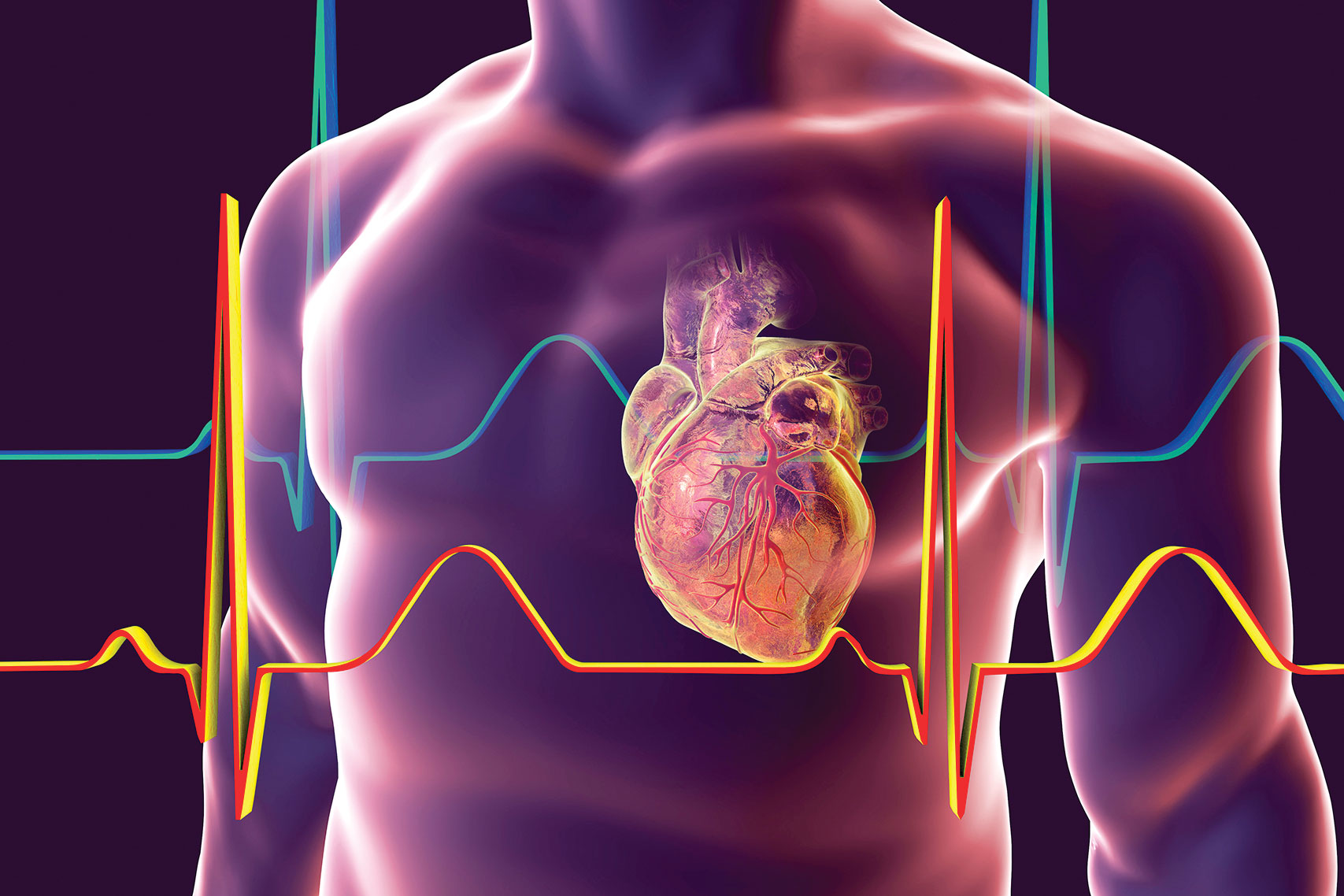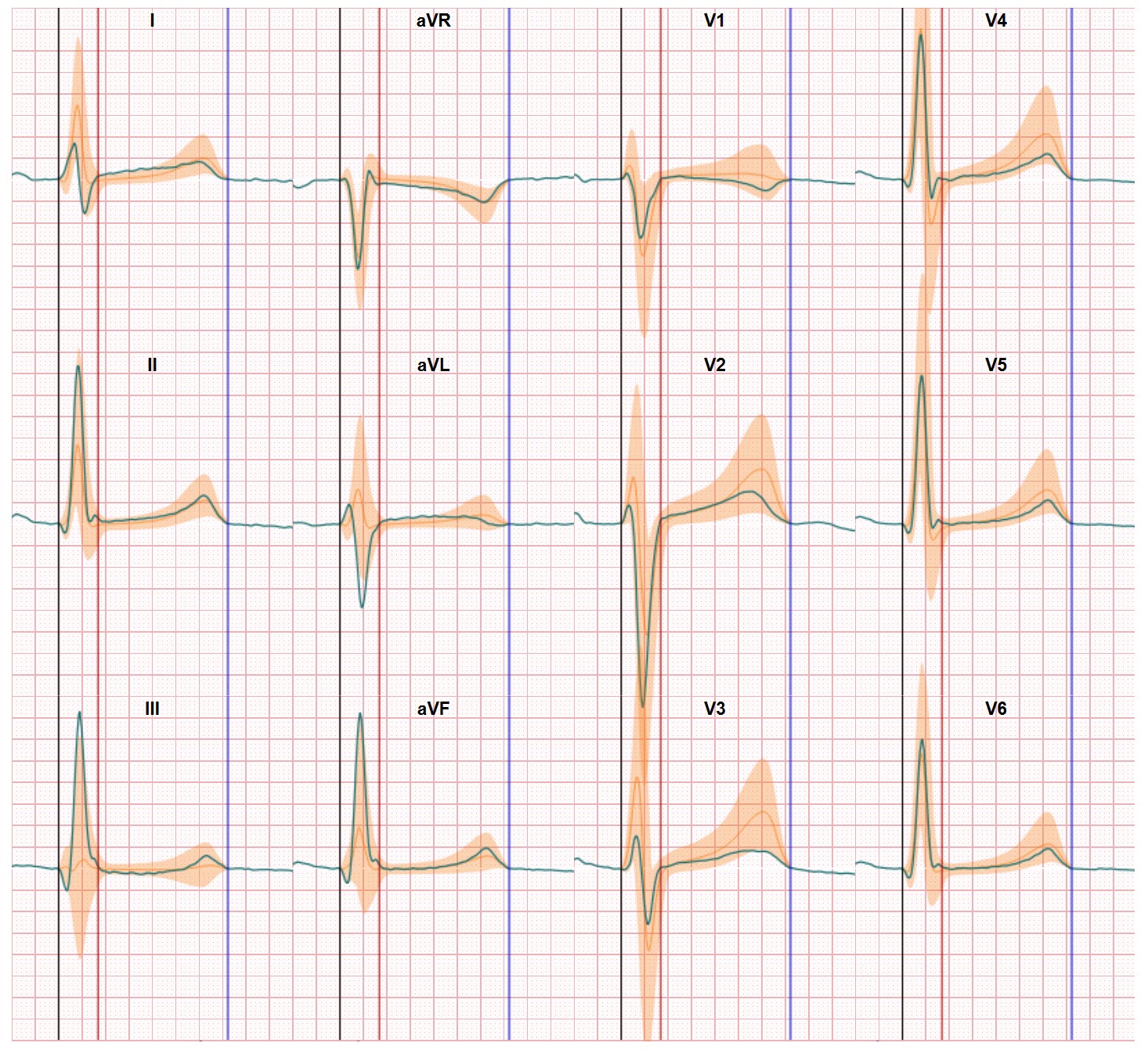Changes in diagnostic cardiology are gaining momentum. A recent Signify research report indicates that especially the global ambulatory diagnostics cardiology market is evolving at a rapid pace. New technologies to register heart performance data, to transmit the data and to interpret the data all show progress and combined create new models of healthcare service delivery.
Overall the underlying need for more cardiology diagnostics grows parallel with an aging and growing population but the new technologies provide an additional boost compared to the classic diagnostic technologies such as resting and stress ECG’s or echocardiology.
And the other trend which needs to be taken into account is the move from acute care (when the patients experiences heart disorder symptoms) toward preventive and ambulatory care.
Not surprisingly the main focus in these developments is on the easy to measure parameters. Heart rate, heart rhythm can be registered quit reliable by simple sensors and technologies. This is demonstrated by the fast and rapidly growing presence of new companies offering this type of technologies and services. The traditional companies offering the classic high quality 12-lead ECG devices you will find in hospitals find themselves competing with new competitors such as AliveCor and Apple (and these two are in a fight themselves now, but that’s a different story) and many others offering simple wearable devices with one or two electrodes to register the basic ECG rhythm and look for irregularities to detect disorders such as atrial fibrillation.
And we see other initiatives offering small handheld 6-12 lead ECG devices which help to bring the ECG recording closer to the patient domestic context. These initiatives are also supported by the rise of 12 lead ECG interpretation software which again has its main focus on heart rate and heart rhythm analysis. Artificial Intelligence is now becoming a mature technology base to analyse the ECG data and to look for heart rate and heart rhythm disorders on a specific disease level beyond the 2 electrode possibilities.
But these changes in diagnostic cardiology are not sufficient
Closing the gap between clinical needs and the technology options however requires more steps forward to further boost the changes in diagnostic cardiology. With all this focus on heart rate and heart rhythm and the related ‘low hanging fruit’ the challenge remains to increase the clinical diagnostic performance on heart conduction disorders. As the heart tissue performance is critical in the heart activation and recovery processes many many heart arrhythmia originate from earlier tissue changes. And detecting these changes in heart tissue performance is, in our opinion, the essence of moving further in delivering changes in diagnostic cardiology. And to do this properly we need to ‘see’ the heart, although hidden within our body, as it is. A 3 dimensional organ of which the performance can not be properly registered in a 2 dimensional graph or data capture (which is what these ambulatory devices mainly do). In simple terms, a simple photo is 2D and you can not see what’s happening at the backside of the object which is the focus of your image. This is the essence of our CineECG technology and this shows there’s much more to see in the ECG.
At ECG Excellence we have developed and are improving the technologies which can further boost changes in diagnostic cardiology. We look forward to be part of the next Signify report.






